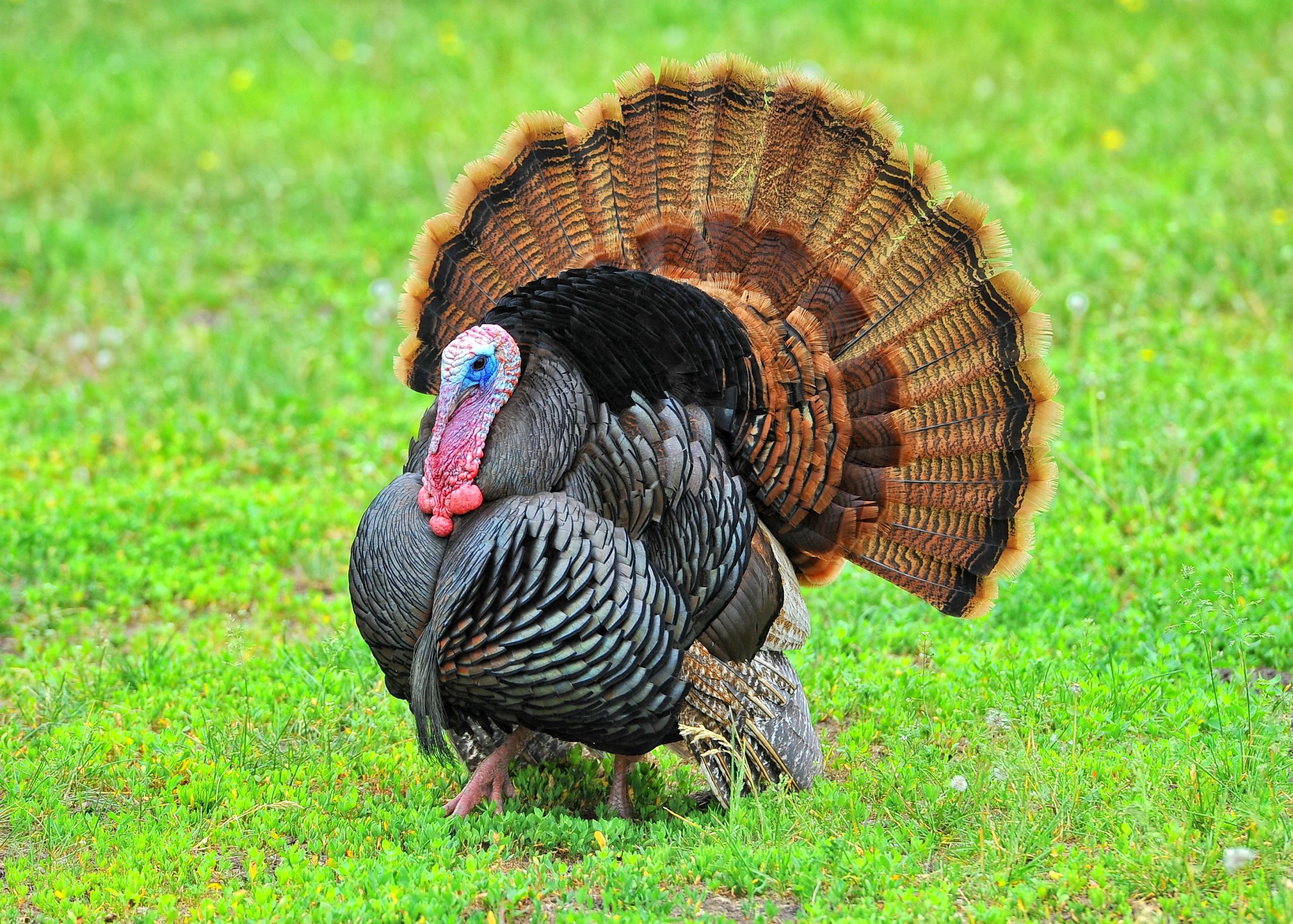Turkeys are a popular type of poultry that are often raised for their meat. The males and females have distinct names that differentiate their sex. So what exactly do you call a male turkey?
The Proper Name for a Male Turkey is a Tom
The proper term for an adult male turkey is a “tom” or a “gobbler.” This name differentiates them from the females, which are called “hens.”
Some key facts about male turkeys:
-
A male turkey is called a tom starting at about 1 year old when it reaches sexual maturity Prior to this, males are called “jakes”
-
Toms are larger and have more colorful plumage than female hens. They have a bright red or bluish head and metallic, iridescent feathers on their body.
-
Only toms “gobble.” They make the distinctive gobbling sound to attract females during mating season. This is why males are sometimes specifically referred to as “gobblers.”
-
Toms also puff out their feathers and spread their tail feathers to attract mates. This courting display is one of the main ways to differentiate males from females.
Origins of the Name “Tom Turkey”
So where does the name “tom turkey” come from exactly? Here are some of the main theories about why male turkeys are called toms:
-
It may be derived from “tomcat” since toms strut around similarly to how male cats prance when courting females.
-
It may come from the word “tomfoolery” in reference to their silly mating rituals.
-
It may be based on “Old Tom,” a legendary large wild turkey from Massachusetts that evaded hunters.
-
It may be an abbreviation of the word “tombull” which was one old term used for male turkeys.
Whatever its exact origin, the usage of “tom” to refer to male turkeys has been around since at least the 1700s. Other folksy rural names used historically include “gobbler,” “master gobbler,” and “strutter.” But today, the most common technical terms are now tom and gobbler.
Typical Names for Male Turkeys by Age
Male turkeys have distinct names depending on their age:
-
Poults – Newly hatched turkeys are called “poults” until about 4-5 months old. At this stage, males and females look nearly identical.
-
Jakes – Once a young male turkey reaches 5-10 months old, they are called a “jake.” At this adolescent stage, their tail feathers start to lengthen.
-
Toms/Gobblers – After one year of age, male turkeys are sexually mature and referred to as “toms” or “gobblers.”
Identifying a Tom Turkey
Toms have some very distinguishable characteristics that set them apart from female hens, including:
-
Size – Toms are substantially larger, sometimes twice the size of females. They typically weigh 16-24 pounds compared to 8-10 pounds for hens.
-
Plumage – Toms have bright red, white, and blue coloring on their heads. Their feathers are much more iridescent and they have longer plumage overall.
-
Spurs – Toms develop sharp pointed spikes called spurs on their legs starting at 4-5 months old.
-
Beard – Toms develop a hair-like cluster of feathers called a “beard” protruding from their chest. This beard can grow up to 12 inches long.
-
Tail feathers – A tom’s tail feathers are longer and he has a more prominent fan. He uses this for courting displays.
Behavioral Differences of Toms
In addition to physical attributes, toms display some very different mating behaviors compared to hens:
-
Strutting – Toms strut by puffing out their feathers, drooping their wings, and spreading their tail. They also drag their wings to produce a ruffling sound.
-
Spitting – Toms make a “spitting” sound by vibrating their tongue against the roof of their mouth. This is done during courtship.
-
Gobbling – Of course, the loud resonant gobbling sound is produced primarily by males as a mating call. The gobble can carry over a mile.
-
Aggressiveness – Toms are much more aggressive and territorial, especially in spring during breeding season. They will fight with other males that encroach on their turf.

Looking for ID Help?
Our free app offers quick ID help with global coverage.
Or Browse Bird Guide by Family or Shape
Need Bird ID Help? Try Merlin
Wild Turkey Call
What are the differences between male and female turkeys?
In some birds, the differences between males and females are quite obvious. Others might take a DNA test to know for sure. Turkeys fall somewhere in between. Domestic turkeys tend to be a bit harder to sex than wild ones, especially when they are young. Keep reading to learn about the differences between male and female turkeys! Visual Differences
How many calls does a turkey make?
The wild turkey can make at least 30 different calls. In the spring, the adult male makes a call known as a gobble to attract females. Humans can hear gobbles from a mile away. The male turkey is often referred to as a tom and a female is called a hen.
How big is a turkey compared to a male?
The female, significantly smaller than the male, weighs 5 to 12 pounds and is only 30 to 37 inches long. Despite their size, wild turkeys can run at speeds up to 25 mph and fly up to 55 mph. Physical Features and Plumage: The male has featherless, red head and throat and a body covered in red, bronze, and gold iridescent feathers.
How many subspecies of turkeys are there?
Six subspecies of wild turkeys exist, with at least one subspecies in every state of the United States except for Alaska. Mexico boasts the ocellated turkey. Turkey males are called toms or gobblers, and females are called hens. Mature males and females are easily distinguished from each other.
